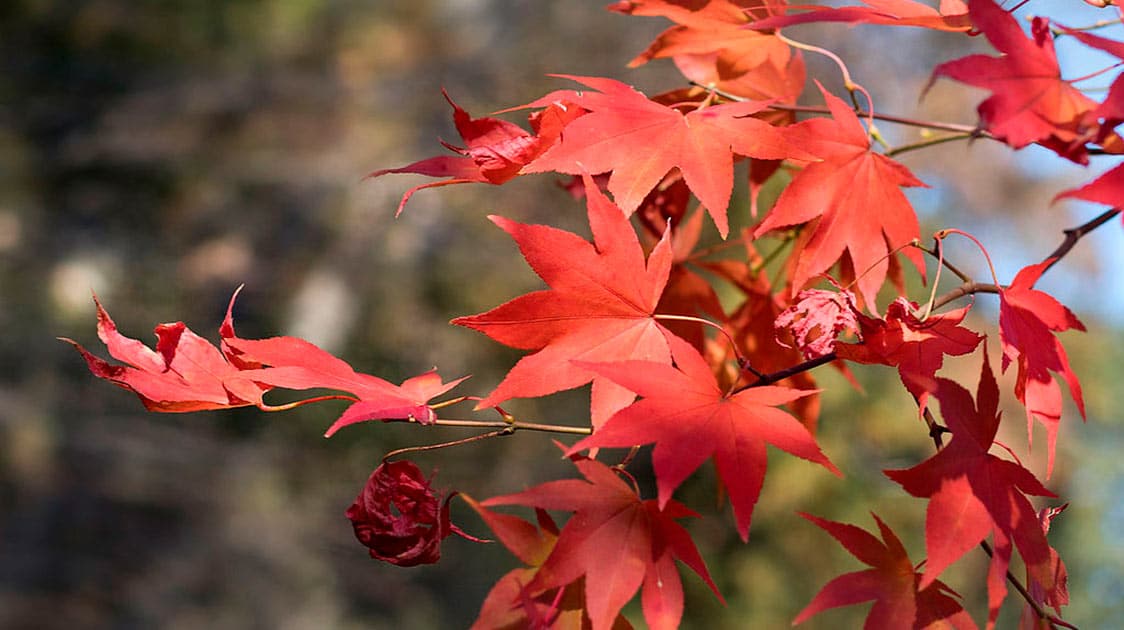
Want to use a Bios Urn® in Canada, but are unsure about which tree to use? We have got you covered. We will be posting a few posts about tree species compatible in different zones and throughout different parts of the world.
In this post, we will be focusing on popular trees in Canada and the best native or common tree species we recommend. Using the Köppen Climate Classification system, can help analyze the world’s climates and choose the most appropriate trees for specific locations.
The Hardiness Zones below outline the different zones in Canada where various types of trees, shrubs and flowers will most likely survive. It is based on the average climatic conditions of each area. The hardiness map is divided into nine major zones: the harshest is 0 and the mildest is 8.
There are hundreds of different species of trees found in Canada. With so much energy, power and life giving oxygen, we have only selected a mere handful. Take your time to research these popular trees in Canada and choose the one that is right for you and your family.
Before choosing your tree type
The Bios Urn® works with any kind of seed or seedling! There are literally no exceptions. You can elect to use your own by sourcing it directly yourself, and therefore choose a tree which is sentimental and meaningful to you. Fruit trees, flowering trees, evergreens or conifers are all completely compatible.
That said, we always recommend choosing a native tree species or one which is common to your location, to respect the ecological balance and ensure better growth. So be sure to check with a local gardening supplier or horticulturist for information on native tree species in your area.
Remember you can also elect to use a seedling, or sprout instead of a seed. Or some people also chose to plant a flower, a plant, or a bush instead of a tree.
Popular trees in Canada
Sugar Maple
Acer saccharum
Hardiness zones: 3 through to 6
There is nothing more Canadian than a Sugar Maple tree, as its leaf is proudly displayed in the centre of our country’s flag. The Sugar Maple is a very popular choice for Southwestern Ontario because it is tolerant to a variety of soils. It also features beautiful, vibrant colours in most seasons. It is also famous for its sweet maple syrup.
Alaska Paper Birch
Betula neoalaskana
Hardiness zones: 0 through to 2
A tree species of birch native to Alaska and northern Canada. It is often one of the first species to colonize a burned area within the northern latitudes, and is an important species for moose browsing.
The Alaska Paper Birch is also known as the canoe birch, or white birch. Living close to century and a half, the Paper Birch covers the map of Canada. Like many Canadians, this tree doesn’t do very well in heat and humidity, but give it a harsh winter and you will see a tall, proud tree. As the alternate name implies, many first nation’s utilized the trunk of this tree for canoes and building wigwams.
Eastern White Cedar
Thuja occidentalis
Hardiness zones: 1 through to 8
Known as the “tree of life,” these are another species of popular trees in Canada. The Eastern White Cedar provides shelter and food to deer, small mammals and birds. Aboriginal people used the leaves to treat scurvy. Today, cedar leaf oil is used in medicines and perfumes.
The Lodgepole Pine
Pinus contorta
Hardiness zones: 1 through to 8
Ubiquitous to Western Canada, anyone who has hiked in this area has encountered massive forests of the Lodgepole. Known for being tall and skinny, this tree can be identified by its long needles – a way to remember is both “pine” and “long” have four letters. This tree has the distinction of being associated with Alberta. Unfortunately, between attacks by logging, the dreaded pine beetle and climate change, this Lodgepole is undergoing a vast reduction in numbers, which will only be accelerating over the next fifty years.
Red Oak
Quercus rubra
Hardiness zones: 2 through 8
Red oak is an adaptable tree that can be found in a range of natural environments, though it greatly prefers north- or east-facing slopes. It is a moderately fast-growing oak tree reaches mature heights of 60 to 75 feet, with a spread of 45 to 50 feet. The tree is valued for its deep root system, which makes it useful for planting near urban streets and sidewalks.
Western Red Cedar
Thuja plicata
Hardiness zones: 1 through to 8
This tree has many names including the Pacific Cedar, Giant Cedar and Shinglewood. Ranging on the West Coast of Canada, this tree runs down British Columbia and down into the States. As it loves water, you won’t find it anywhere else. It is not uncommon to see two hundred foot Red Cedars with a diameter of three metres. Traditionally, this tree was used for canoes and totem poles.
Yellow Birch
Betula alleghaniensis
Hardiness zones: 3 through to 6
This tree was named for its very distinct yellow trunk. An esteemed native species that has an incredible fall display of bright yellow and gold leaves. A valuable tree and classified as one of the largest hardwoods in northeastern North America. As a deciduous, it sheds its leaves in fall and grows them back in the spring. Found all over Quebec, it has the honour of being the provincial tree.
White Spruce
Picea glauca
Hardiness zones: 2 through to 6
This hearty tree covers most of Canada with its beautiful short needles. Known for having a very complex root system, the White Spruce can find water in most conditions and is able to weather droughts well. Interestingly, this is the most northern tree found in Canada – it reaches all the way to the Mackenzie Delta. Besides providing nesting sites and shelter, white spruces provide food for many kinds of wildlife. Crossbills, evening grosbeaks and red-breasted nuthatches prefer the seeds. The foliage is eaten by grouse, rabbits and deer. Red squirrels cut open cones to eat the seeds, and they feast upon young, tender spruce shoots. The bark is enjoyed by both porcupines and black bears, sometimes to the detriment of the trees.
Tamarack Larch
Larix laricina
Hardiness zones: 0 through to 9
Ranging across much of Canada except the West Coast, the Tamarack is the territorial tree of the Northwest Territories. The word Tamarack means “used for snowshoes” in Algonquian. These popular trees in Canada are able to survive in temperatures as low as -65C. The Tamarack has the distinction of being the tree that surrounds Hudson’s Bay. The Tamarack produces small flowers, which can be seen in the summer months.
Pine trees
Ponderosa Pine
Hardiness zones: 1 through to 9
Pine trees are the third most common tree in Canada. And check this out — pine needles make a nice tea! The seeds provide food for birds and small mammals, particularly turkeys, nuthatches, crossbills, grosbeaks, pine siskins, grouse, squirrels, chipmunks and mice. The leaves, twigs and bark are browsed by porcupines, mule deer and elk. You can read more about the symbolism of the pine tree here.
Black Spruce
Picea mariana
Hardiness zones: 2 through 5
The backbone of many northern forests, spruce trees are one of the most popular trees in Canada and grow all across the country with the exception of only a few regions, like the northernmost reaches of Nunavut. In the lush wet forests of the west you’ll find the giant Sitka spruce.
Red Oak
Quercus rubra
Hardiness zones: 2 through 8
The provincial tree of Prince Edward Island, you will only find this tree in a small swath of lower Eastern Canada, which is the tip of the northern range for this species. Head down the East Coast of the US and you will see Red Oaks everywhere. It is a premier wood for furniture and building, so it is constantly under threat from logging. The acorns that fall off the Red Oak will not geminate until they have been exposed to 4C for three straight months making the Red Oak a truly Canadian tree!
White Oak
Quercus alba
Hardiness zones: 4
Native to North America, the White Oak (Quercus alba) is a huge and noble hardwood tree that produces edible sweet acorns. This species is rare and endangered in Canada. Even though White Oak trees are known to grow in Midwestern states, they are also a great choice for people living in Southwestern Ontario. When full grown, White Oak trees can provide a large amount of shade coverage. However, they do grow at a slow pace, so they aren’t recommended for people who want quick results.
Before planting your Bios Urn® tree
Regardless of your chosen tree species, all seeds and seedlings should be planted during their correct planting season. Please read our planting guide here to get more information about this.
Basic care is required for the seeds or seedling – the same with the plants in your home, watering and sun is needed, but levels vary. You can check out our Planting Tips page and our FAQ page, which feature additional information about the Bios Urn® and how to use it.
After reading about the most popular trees in Canada, you may also be interested in reading the following articles:
How to use the Bios Urn® with your own tree of choice
How Can I Make Sure My Bios Urn® Tree Grows?
How to Plant and Protect your Bios Urn® Tree in the Winter
Other areas of the world:
Europe
South America
The U.S.
South Africa
Asia
Australia & New Zealand
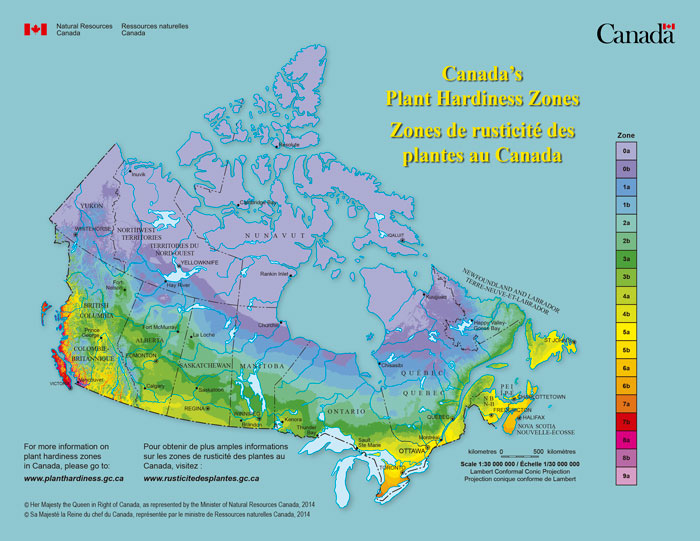
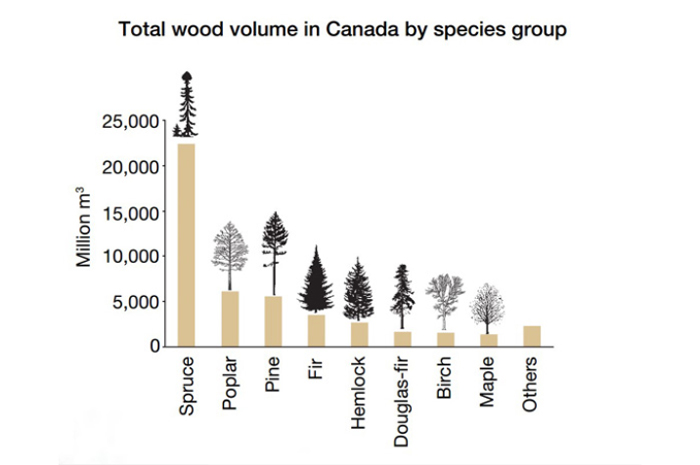

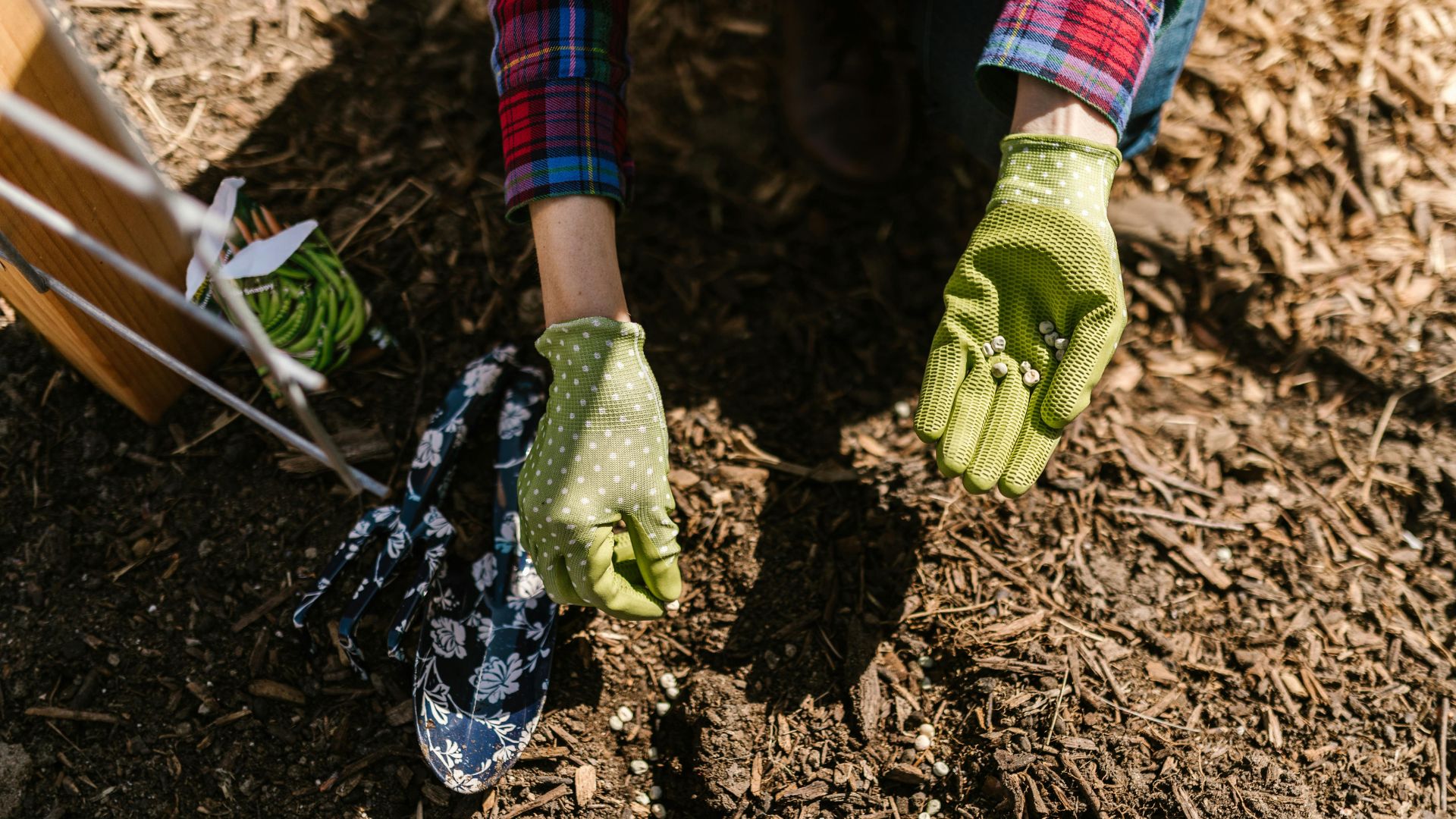
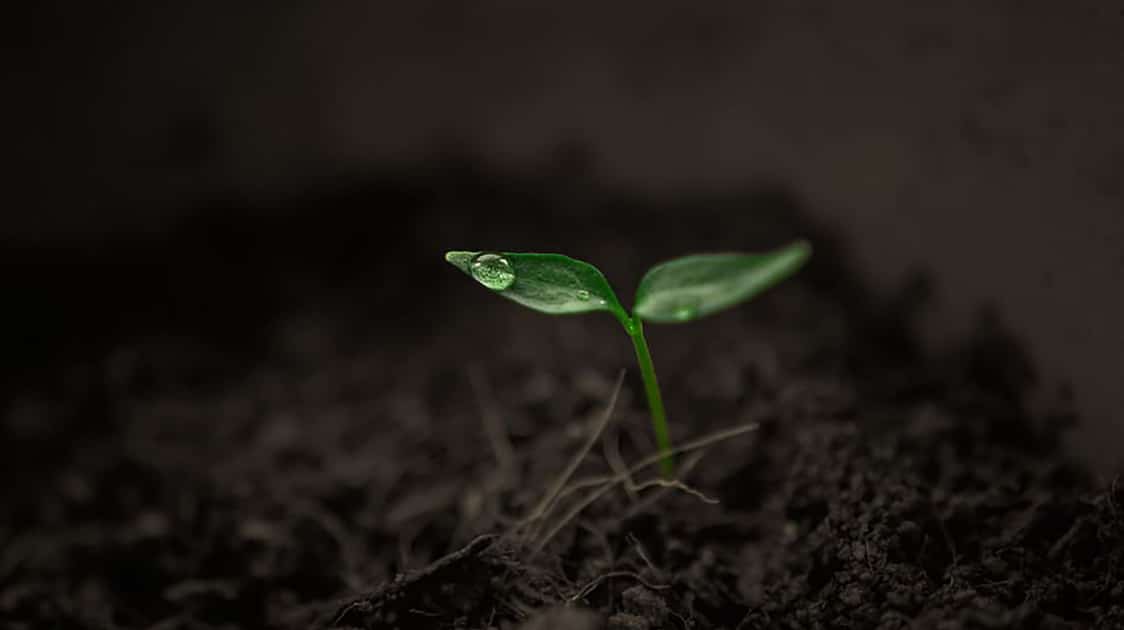





Hello
I am so interested in using your Bios Urn for when I die and am cremated. My husband and I have said, “we wanted to be planted in our gardens.” My husband loves his vegetable garden and I love my flower garden. By having our ashes in an urn and being able to plant a tree, bush, flowers etc and watching it grow would be so comforting. I am not sure when would be a good time to order these. I also love the idea of using the urn for our beloved cats. We have two Maine Coons and one Tabi. It will be great to have there ashes in the urn and planted as well. They are so much a part of our lives and considered our family. We live in Moncton New Brunswick Canada.
Dear Janet,
Thank you for reaching out to us and for your interest in the Bios Urn®, we are very grateful. We just sent you an email from hello@urnabios.com with answers to all your questions and useful information. If you do not see it, maybe check your spam inbox.
In a nutshell, YES you can order the urns in advance as part of your end-of-life plans. The Bios Urn® does not have an expiration date, you can keep it indefinitely for years or even decades, even with ashes stored inside. The tree urn only begins to break down once it’s planted and exposed to soil and moisture.
We also sent you information on our companion urn called Bios Urn Love® for two loved-ones who wish to grow as trees together 💚
Let us know if you don´t see the email! Kind regards
Hello, just following up of our order.
Tracking: LX410011715ES
Please give us an update when we will receive it.
Thank you.
Hello Khalil,
We have just sent you an email with an update! Thank you